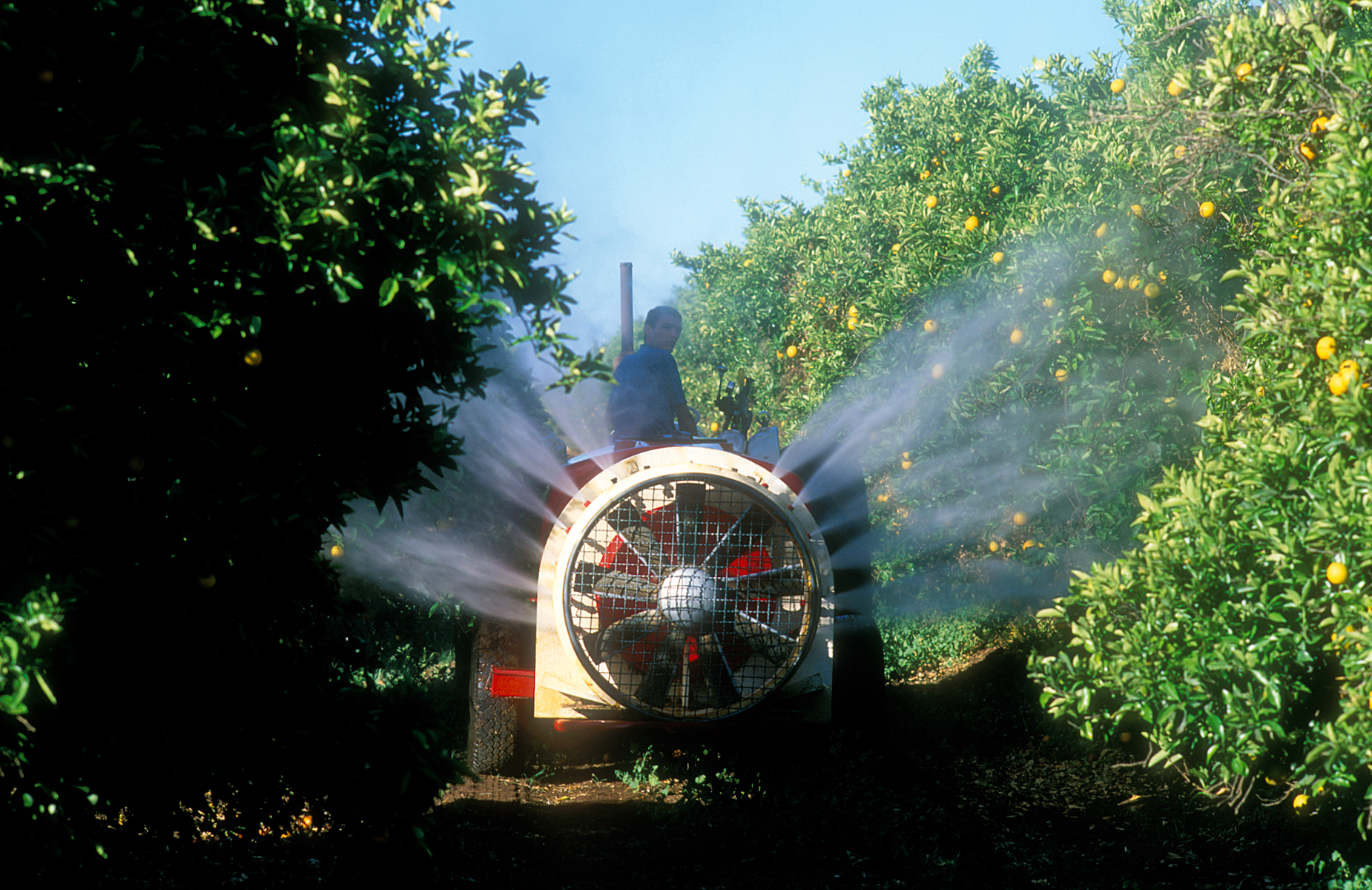CSIRO releases Spanish version of free pesticide risk tool

Spanish-speaking farmers and regulators will be better equipped to manage the impacts of pesticides on water resources thanks to a new version of CSIRO’s popular Pesticide Impact Rating Index (PIRI) tool.
The Australian national science agency, the CSIRO, this month, released a Spanish version of the freely available software tool, which rates the potential pollution risk of pesticides to surface and ground waters based on different land uses or industry type, at both catchment and regional scales.
CSIRO project leader Dr Rai Kookana said that the new version of the tool vastly improves its accessibility across the globe.
“PIRI has been successfully used in Australia for nearly a decade and, impressively, has been downloaded for use in 59 countries,” said Dr Kookana said. “With more than 400 million people speaking Spanish as a first language, the tool will now benefit farmers and practitioners in Latin America and other regions of the world.”
Most agriculturally developed countries rely, to some extent, on pesticides to enable economic production. In Australia alone, more than $1 billion worth of pesticides (herbicides, fungicides and insecticides) are applied each year. The offsite effects of pesticides, such as contamination of water sources or impacts on biodiversity, are of increasing concern to growers, planners, resource managers, consumers, regulators and industry.
The scientifically-validated software determines whether there is a low, medium or high likelihood of a pesticide moving off-site under the prevailing conditions.
Dr Kookana said that in translating the tool to Spanish, the research team identified a number of improvements to be made to the English version.
“These include updated pesticide information and pesticide degradation calculations as well as simplified ways to input data and extract results from the tool,” said Dr Kookana.
PIRI has previously been customised for several Australian states, and now for developing countries in Asia as well as Latin America.
The development of the Spanish version was supported by the United Nations Food and Agriculture Organisation/International Atomic Energy Agency Joint Programme (FAO-IAEA).
“The UN FAO-IAEA have shown a lot of interest in PIRI and have funded workshops for us to train users in Central and Latin America”, said Dr Kookana.
A 2005 independent evaluation of PIRI in Australia calculated its net benefit as $13.6 million, with a 37:1 return on investment.
The University of Zurich in Switzerland included PIRI in a group of three risk indicator applications rated favourably for use in less developed countries.
 Follow
Follow